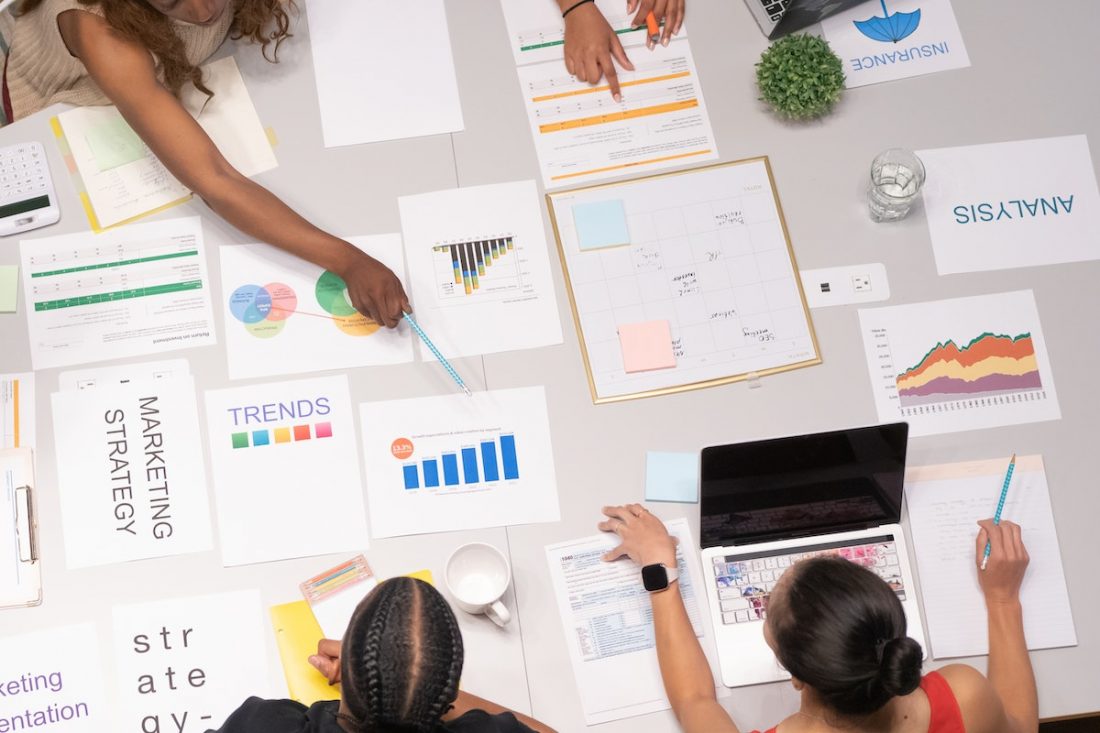The wheels of the corporate landscape continue to turn. Research shows that the Great Resignation, which saw a significant exodus of workers during the pandemic, is now witnessing a noticeable shift. People are returning to the fold, and most of them are above the age of 55.
As per a global study by consulting firm Bain & Company, older workers will take up 150 million more jobs by 2030. To put that into perspective, this figure is nearly equal to the entire working population of the United States.
While the change is predicted to be more evident in high-income countries, such as Italy and Germany – where older employees will make up close to 30 percent of the workforce – the trend will be seen in low- and middle-income countries as well.
China is poised for a twofold increase in workers age 65 and above by 2050, and the percentage of workers over 55 in Brazil is inching towards the mid-teens.
What is driving the transformation?
The retirement age is ticking up. James Root, Senior Partner at Bain & Company and Co-Chair of the firm’s think tank, Bain Futures, touts the Great Resignation as the ‘Great Sabbatical’, as workers increasingly return to work. The early retirement trend is slowly being reversed.
The United Kingdom pushed its retirement age from 60 for women and 65 for men to 66 for both. Australia recently raised the age of pension eligibility to 67. And 41 percent of American workers now expect to work beyond 65.

The shift has come due to a rise in living costs and the older population preferring a phased retirement plan.
“Compared to other age brackets, older workers are keen on being self-employed, being employed for part-time positions and the kind of roles where they could stair-step their way down to full retirement,” Root tells The CEO Magazine.
On top of this, there has been a decrease in the number of younger workers – which can be attributed to lowered fertility rates and more young adults pursuing prolonged higher studies.
A cross-generational workforce
As multiple age groups come together in the workplace, a cross-generational synergy may shape a new narrative of success for companies. But how can businesses prepare themselves for the shift and leverage the power of an age-diverse workforce?
“It’s ludicrous to manage all talent as if it were the same – and yet, that is what many firms and multiple HR management systems do. They tend to want to homogenize what is in fact an increasingly heterogeneous talent pool. We’ve got to de-average people as workers,” Root says.
“When you talk to older workers about their motivations to go to work, they don’t put learning and development that high on the list, on average. They put these much lower than a younger worker would. The main thing that older workers want is to do interesting work.”
“It’s ludicrous to manage all talent as if it were the same – and yet, that is what many firms and multiple HR management systems do.”
According to Root, what is important here is to start developing programs as well as specific recruiting and retention systems that will appeal to people who are older.
“We’ve learned so much about the benefits of diverse teams – diverse in terms of gender, background, ethnicity, sexual orientation,” he says. “Now, we need to introduce age as another diversity element into that discussion.”
A study by OECD has previously revealed that age diversity positively impacts business productivity. It states that the experience of older workers helps younger workers perform better, boosting firm productivity directly and indirectly.
Additionally, an age-diverse workforce may lead to better B2C and B2B relationships, as having people in the age groups of the firm’s clients makes it easier to know what customers need. In fact, according to the report, human resource professionals stress that enhanced customer service is one of the key benefits of age-diverse teams.

And yet, OECD has noted that most businesses are yet to reap the benefits of an age-diverse workforce.
“One simple thing a firm can have is a reverse mentoring program,” Root says when asked what firms can do to savor the positives of such a labor force.
“It may sound like a cliché, but the ones I’ve seen implemented have been very effective. So, you get young people reverse mentoring older workers. It can also go both ways where they are both mentoring and being mentored by each other.”
He also stresses that designing age-appropriate roles and building flexibility into these roles is of great importance.
“We’ve got at least four generations in the workforce today, and they could be very powerful in helping each other learn.”
“It sounds obvious now, but it’s not obvious to a lot of employers in terms of how they structure their contracts,” Root says.
As a strategy to prepare for the time when a firm will, in any scenario, have a higher percentage of workers above the age of 55, Root also encourages businesses to work on a phased retirement approach. This could be done by introducing shared jobs, part-time work and more.
“We’ve got overwhelming data that people above 60 are interested in that,” he says. “They want to work and contribute, but they also want more control over their hours.”
Firms like Tokyo Gas, Mitsubishi and Cisco have designed processes and systems specifically for older workers that Root believes can inspire other leaders.
“One hundred fifty million jobs will be taken up by 55-plus workers in a few years. Is this going to be 10 percent of your workforce or 20 percent or 30 percent of your workforce?” he says. “Get ready and do the math. We’ve got at least four generations in the workforce today, and they could be very powerful in helping each other learn.”







